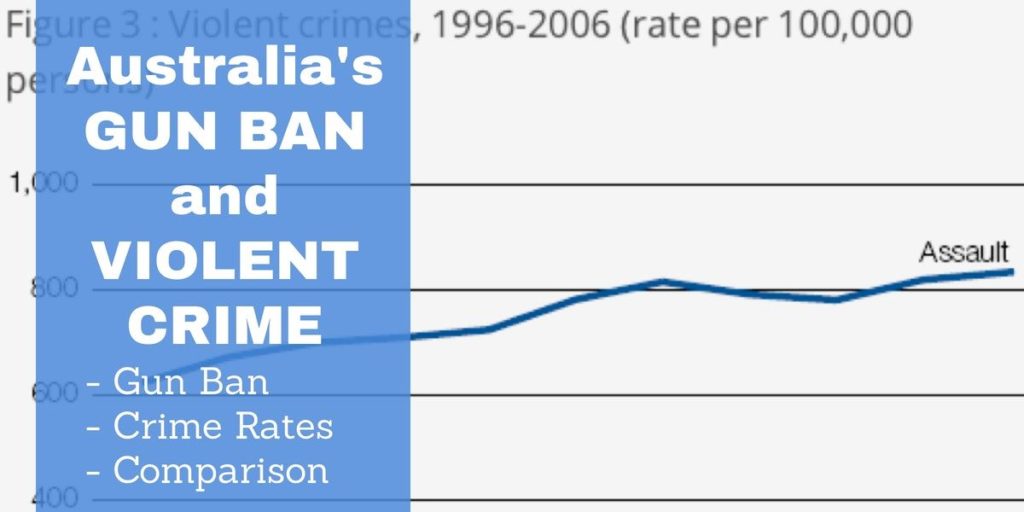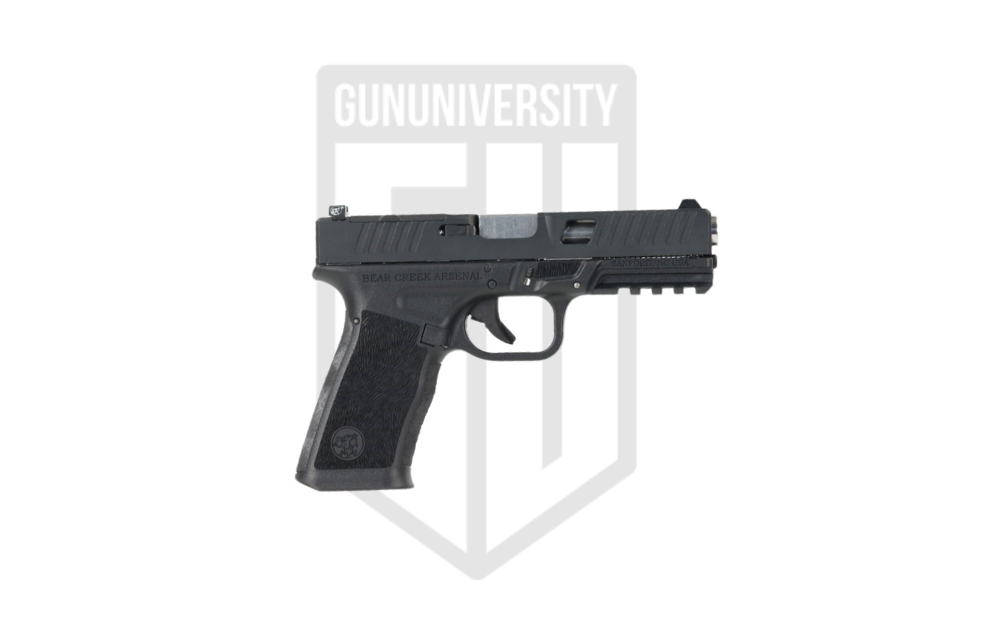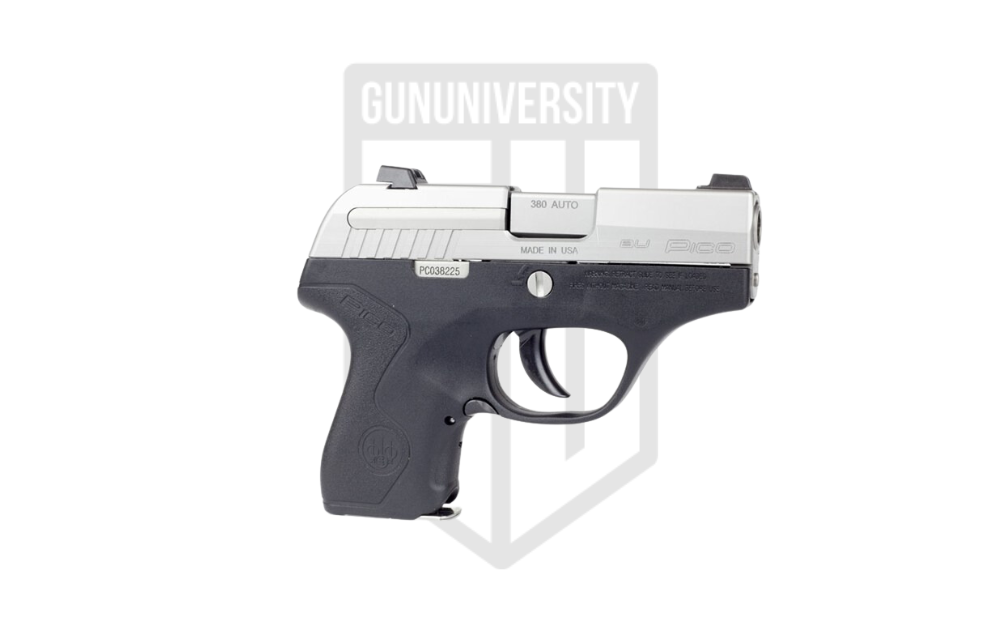Australia’s Gun Ban and Its Effect on Crime

Australia’s Gun Ban didn’t Work – By the Numbers
Last year, I wrote an article that generated a lot of discussion about the efficacy of gun-control laws, 10-common-arguments-gun-control-debunked.
In that article, I claimed that “…Australia is used as an example for how banning guns works. Yes, their firearm-related crime went down, but their violent crimes, to include sexual assault, kidnapping, manslaughter, and robbery, have all stayed the same or increased.”
I have been overwhelmed with requests for support for this assertion and haven taken far too long to respond.
So, in an effort to quell the complaints against unfavorable facts for gun-grabbers and to help arm those who would argue against gun control, hers is why Australia’s gun ban didn’t work – by the numbers.
Australia’s Gun Ban…
In 1996 Australia experienced a horrible mass shooting and subsequently enacted restrictive gun control.
The mass shooting is referred to as the “1996 Port Arthur Massacre” and the anti-gun legislation they adopted the same year is called the “National Firearms Agreement.”
…didn’t work.
Since the gun ban in 1996, the use of firearms in crimes may have gone down but violent crime overall has either stayed the same or increased.
This is an important point: If you’re looking to reduce gun use, ban guns. However, if you’re truly looking to help protect people and reduce violent crime, then Australia’s gun ban teaches us that you should NOT ban guns.
In fact, disarming people clearly makes more victims.
Robbery (both armed and unarmed), assault, kidnapping, and rape have all increased dramatically in Australis since their 1996 gun ban.
Yes, homicides are down. That’s GREAT news.
However, they have been decreasing at a consistent rate since well before the gun ban and the worst year was experienced after the 1996 gun ban.
By the Numbers
There are many sources which can be cited for Australia’s increase in violent crime since their gun ban. The best source among these options is likely the Australian government itself.
The following is the foreword of the Australian Government’s Institute of Criminology report on “Trends in Violent Crime.”
[1]The public’s perception is that violence is increasing, but trends in violent crime reported to police since the early 1990s reveal a mixed story. [2] Homicide has decreased by nine percent since 1990 and [3] armed robbery by one-third since 2001, but [4] recorded assaults and sexual assaults have both increased steadily in the past 10 years by over 40 percent and 20 percent respectively. . .
Let’s dissect that quote.
First, Australians perceive that violence is increasing despite their gun bans. This should be profound. Australians don’t feel safer (and, as we will show, they aren’t).
Second, homicide has decreased since the early 1990s (before their sweeping gun ban in 1996). That might sound promising to gun-grabbers, however, a simple graph shows that the ban in 1996 had no effect.
Note how homicide had already been decreasing since 1989 (before the ban) and it peaked in 2001 (well after the ban and higher than the year in which the 1996 “massacre” occurred).

https://aic.gov.au/publications/tandi/tandi359
Yes, homicide is lower than it was in 1996. However, it was at its highest after the 1996 ban and it shows a steady decrease since well before the ban. Therefore, it is unreasonable to attribute the decrease to the ban.
Third, armed robbery has decreased by one third since 2001. That might sound like a support for banning guns but it’s not.
As another simple graph shows, robbery spiked after the 1996 gun ban in Australia. And, although it has decreased from its peak in 2001, it is still at a higher level than before the ban!

https://aic.gov.au/publications/tandi/tandi359
Note how both armed and unarmed robbery increased. It is important to remember that stronger criminals may not need firearms against unarmed and weaker victims.
Fourth, “assaults and sexual assaults have both increased steadily in the past 10 years by over 40 percent and 20 percent respectively.”
This point doesn’t even need a graph – assault and sexual assault have had a dramatic increase since banning guns in Australia.
From the Australian government’s study: “…Between 1995 and 2006, the rate of recorded assault rose significantly from 562.8 to 829.4 per 100,000 people.” That’s an increase of 47%
Also, “Since 1995, the rate of recorded sexual assault increased by 22 percent, from 72.5 per 100,000 people in 1995 to 88.4 in 2006.”
In another publication by the Australian government’s Institute of Criminology, the facts and figures of violent crime are explored with the same conclusion: violent crime has increased after banning firearms.
Here’s a graph on overall violent crime rates since the Australian 1996 gun ban showing that each time of crime has either stayed the same or drastically increased.

Recent Posts
July 26, 2024
July 26, 2024
July 25, 2024


![The Best Shooting Hearing Protection in 2024 [Tested]](https://gununiversity.com/wp-content/uploads/2021/09/best-shooting-hearing-protection.jpg)

